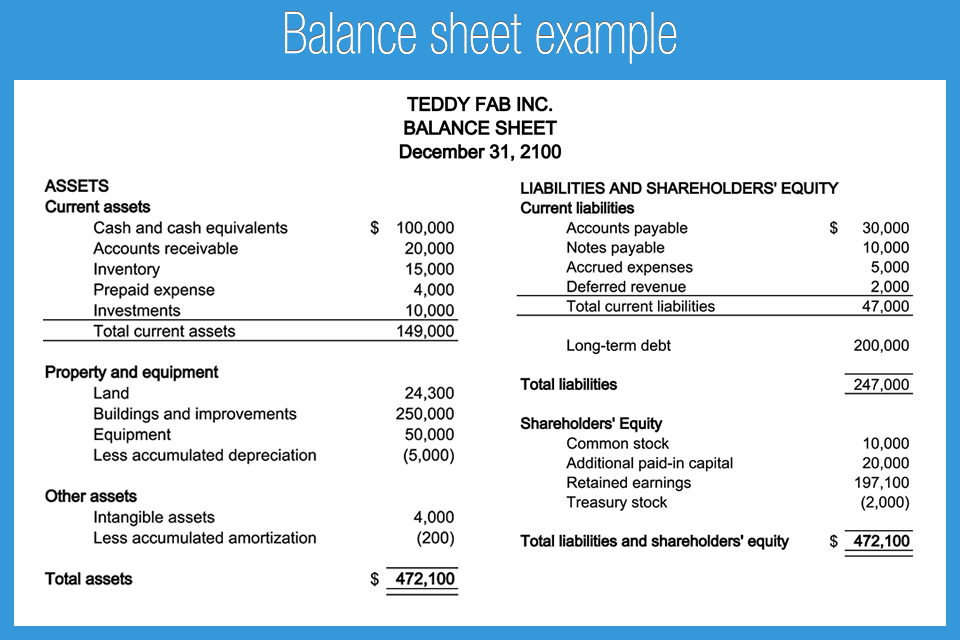Ideal Info About Credit Side Of Balance Sheet Financing Cash Flow Formula

To credit an account means to enter an amount on the right side of an account.
Credit side of balance sheet. That rule reverses for the liabilities side of the sheet. Investopedia / madelyn goodnight what is the difference between a debit and a. Debits and credits indicate where value is flowing into and out of a business.
So, if credit side > debit side, it is a credit balance. Balance sheets provide the basis for. When the credit side is greater than the debit side the difference is called “credit balance”.
What are debits and credits on the balance sheet? The common stock account is a general ledger account in which is recorded the par value of all common stock issued by a corporation. The credit side (right) of a profit and loss account deals with income and gains, whereas the debit side (left) deals with expenses and losses.
In the printing plus case, the credit side is the higher figure at $10,240. Then we deduct the total credits from debits or vice versa for the credits accounts. This means we must add a credit of $4,665 to the balance sheet column.
Since accumulated depreciation is a credit, the balance sheet can show the original cost of the asset and the accumulated depreciation so far. For example, debit increases the balance of the asset side of the balance sheet. The net difference or remaining amount that has.
The left side of the balance sheet outlines all of a company’s assets. Generally speaking, the credit balance reported in the owner's or stockholders' equity section of the balance sheet reflects the owners' investments in the company plus the profits earned minus the amounts distributed to the. In accounting, every account or statement (e.g.
Therefore, the credit balances in the liability accounts will be increased with a credit entry. The difference between the two sides is written on the smaller side. This depends on the area of the balance sheet you’re working from.
The following sections explain what information goes on each side of the balance sheet and how it fits in the overall context of a balance sheet. Accounting ledger, trial balance, profit and loss account, balance sheet) has 2 sides known as debit and credit. As fixed assets age, they begin to lose their value.
On a balance sheet, positive values for assets and expenses are debited, and negative balances are credited. Accounting what credit (cr) and debit (dr) mean on a balance sheet by adam hayes updated september 29, 2023 reviewed by eric estevez fact checked by amanda jackson there are a few theories on. The effect on the balance sheet was:
So on a balance sheet, accumulated depreciation is subtracted from the value of the fixed asset. For example, if you buy a car for $40,000 and expect it to last for five years, you might depreciate it. Then we calculate the closing balances or totals for the accounts.
















